Desk sharing – How to thrive in the new hybrid working world?
The last few years have massively changed the way we work and how we think about work and offices. During this time, we have realized the potential of new, alternative ways of arranging work and in many ways, they have become essential for us to continue operating.
In this whitepaper, we discuss the new hybrid working world, desk sharing as a solution, and how the shift should be done:
The changing context of an office
The word of the day is hybrid working where people spend some time at the office and some time working remotely. These days it’s hard to find companies that are not at least talking about hybrid work: 74% of US companies are using or plan to go into the hybrid working model. It is clear that hybrid working and therefore offices are here to stay.
There are still very good reasons why companies are using offices as a basis for their future ways of working. Having offices is essential in enabling team collaboration, building community within your workforce, and connecting your people to your company’s values.
Three activities, in particular, are better supported by the office environment: hosting visitors, clients or customers; enabling informal social interaction; and learning from others. These activities are not as effective or beneficial via conference calls or emails, highlighting the importance of the office environment.
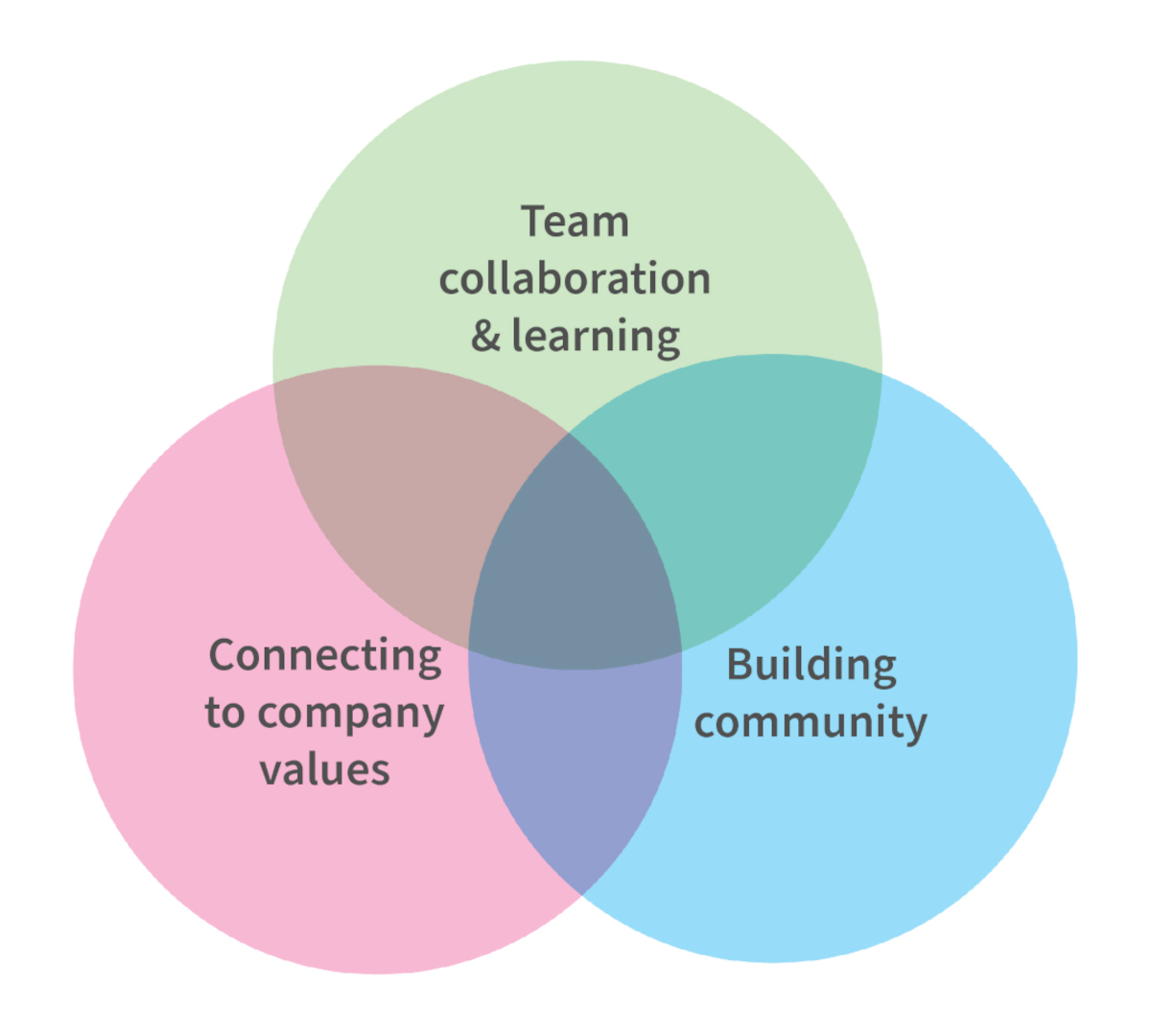
The new hybrid working model might have not found its ideal form yet. After the pandemic people have not been eager to get back to the office, based on the fact that companies are averaging very low office utilization figures in their offices. Based on our findings, office spaces are on average 64% empty after the pandemic.
This low utilization has left companies wondering about their office spaces and office design, leading them to make changes in the offices to attract people back, as well as cutting back on their office space.
How to increase efficiency in your office space?
Changes in the office environment, such as redesigning the office to accommodate hybrid working, are being made to better fit the needs of the current working world.
The change is still ongoing and there is a need for more testing and data-gathering to create the perfect solution. Companies are seeking solutions that would help them stabilize these changes and allow them to get more people back to their premises.
In this whitepaper, we discuss how desk sharing is the key component in changing your work mode and getting your hybrid working strategy thriving.
Focus on the profit of desk sharing
The purpose of the office is changing from control to collaboration, focusing on enabling of creativity, team collaboration, and addressing conflicts.
Flexible workspace arrangements, such as desk sharing, are the solution to support this transformation. Desk sharing is a flexible workplace arrangement, in which the employees choose the desks they want to work from when they arrive at the office. This can be done by claiming a seat or reserving it from a desk booking system. Getting desk sharing right is important as it is a key component in the hybrid working world.
The core idea of desk sharing is that not all work is done at the desks in the office, and not at the same times. Employee performance is not dependent on having a dedicated desk. The various work areas used, such as meeting rooms and quiet spaces, combined with the different schedules employees are on, result in the desks being unoccupied at times.
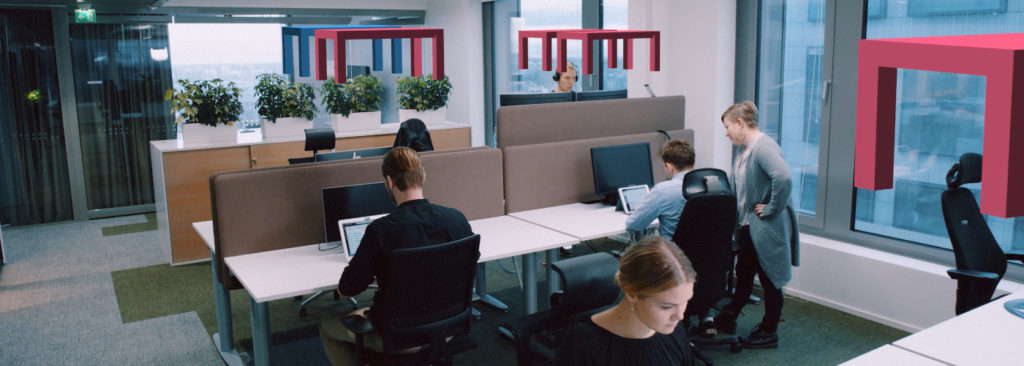
On average, office spaces are 64% empty, meaning that people are not returning to the offices after the pandemic. In these trying times, it makes sense to try and address this problem.
Desk sharing solutions provide value to both the employee and the employer. Firstly, desk sharing allows new ways of working for the employees as different workspaces are created. Desk sharing also allows for better team working when there are more places for informal social interaction and allows learning from others. This builds community in the workplace and makes it easier for the employees to tie into the company values.
Desk sharing benefits the employee by:
- Allowing ownership via choices regarding where to work and when
- Creating flexibility in their ways of working
- Giving new collaboration opportunities
- Levelling the playing field and creating equal opportunities
- Better team working via informal social interactions and learning from others
A desk sharing solution benefits the employer by luring employees back to the office. State of the art desk sharing solutions also give data on how the spaces are used, resulting in potential space and energy costs for the employer. When done well, desk sharing solutions are quick to deploy and can be modularly built upon.
The company benefits by:
- Getting the people back to the workplace, resulting in better team collaboration & building community withing the workforce
- Saving money on energy and space costs by redesigning the office spaces
- Increasing work efficiency by introducing a variety of work areas
- Improving employee engagement and retention by creating a place people want to work from
- Gaining a solution to drive change towards their ESG goals
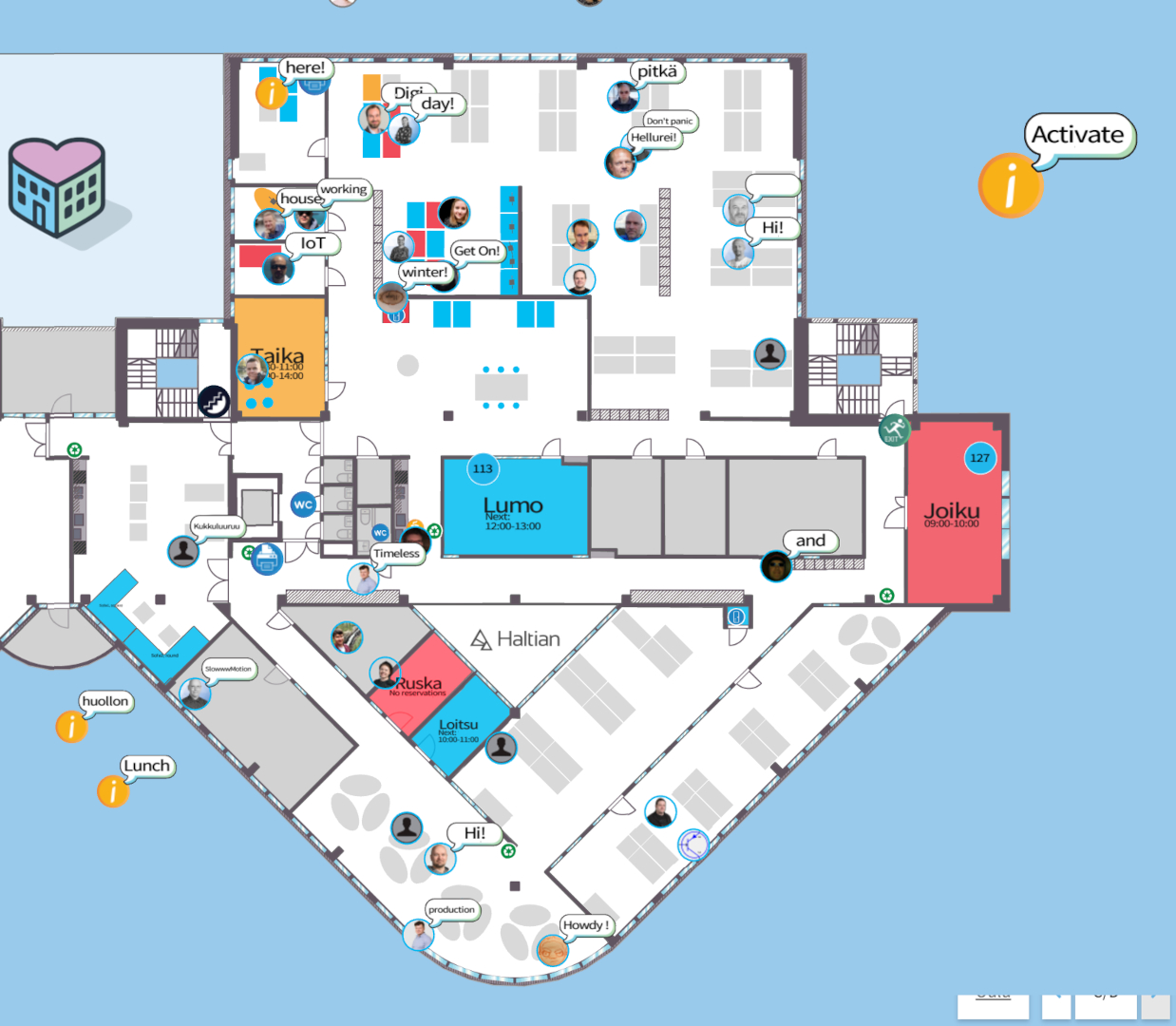
Understand your employees for better results
The benefits of desk sharing are clear. However, setting up desk sharing in your company requires careful planning, implementation, and change management.
Starting with a current state analysis is essential, as no employee wants to be fed new working policies without first addressing their current needs and thoughts. Surveying employees and defining their current working styles and habits helps you determine your approach toward desk sharing. Maybe you find out that the hardware team in your company works twice as often from the office than your marketing or HR people do. In this case, it would make sense to weigh their opinion a bit higher when re-designing your office space. This work acts as the basis for your shift into desk sharing, starting with right-sizing your office space needs.
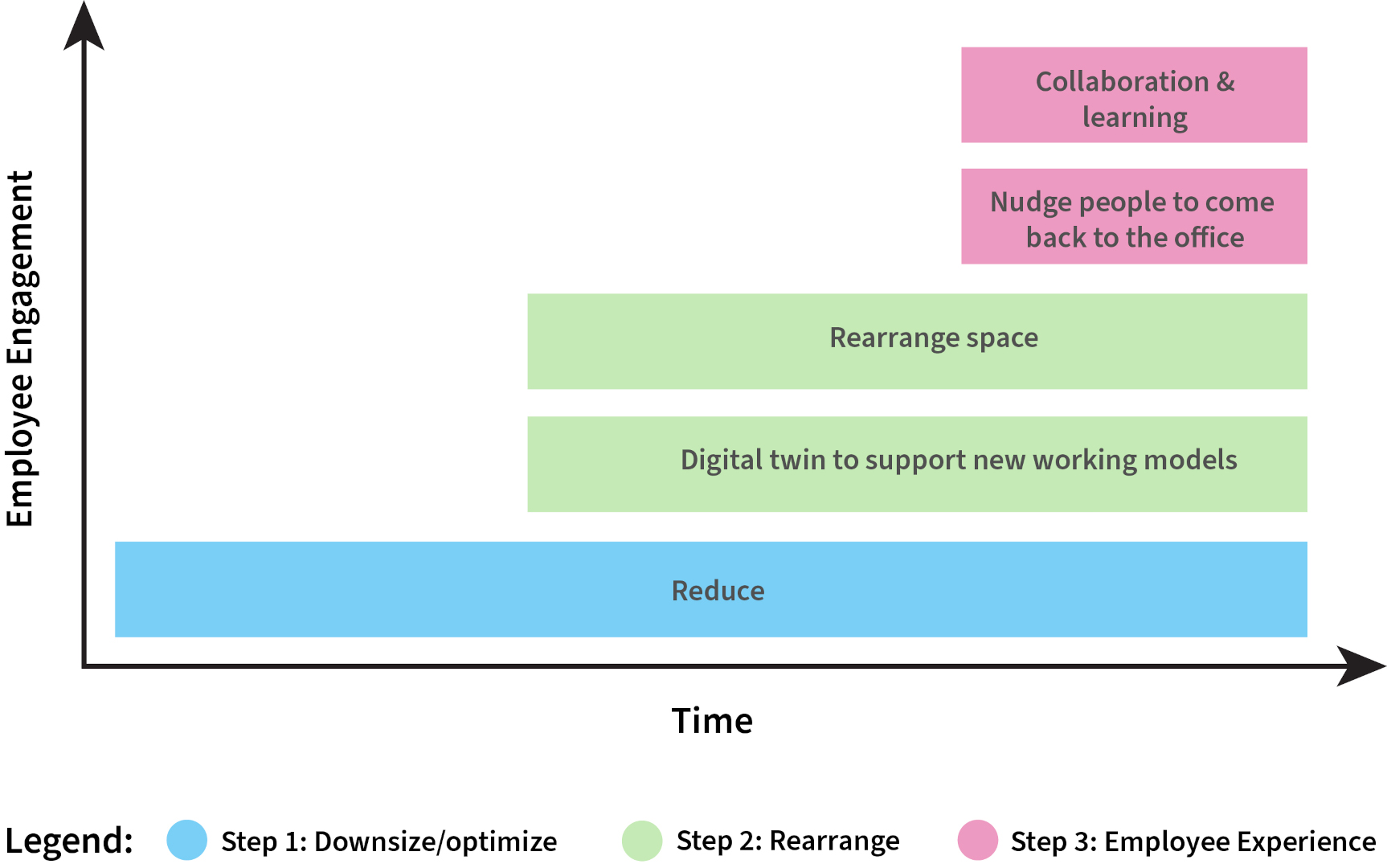
Your employees have the best information on what spaces are needed. Valuing the opinions of the employees working most likely in the office is a great way to show respect and gain both trust and data. This helps in your second stage towards desk sharing: the rearranging of the office. Keep in mind that desk sharing is likely to disrupt your employees in some way, so it is good to have them involved in the process from the very beginning. This increases their commitment to the change.
Collaboration and social interactions are the key themes that get people coming to the office, resulting in improved team collaboration, better employee experience and increased productivity for your employees. Continue to involve your employees after rearranging happens. To reinforce the feeling of respect and trust in the company, give them a voice and start familiarizing the teams with the idea of desk sharing. Being open and communicative about the changes is a way to ensure the buy-in of your employees. Remember to ask for feedback at any stage of the process and highlight the importance and the low threshold of it.
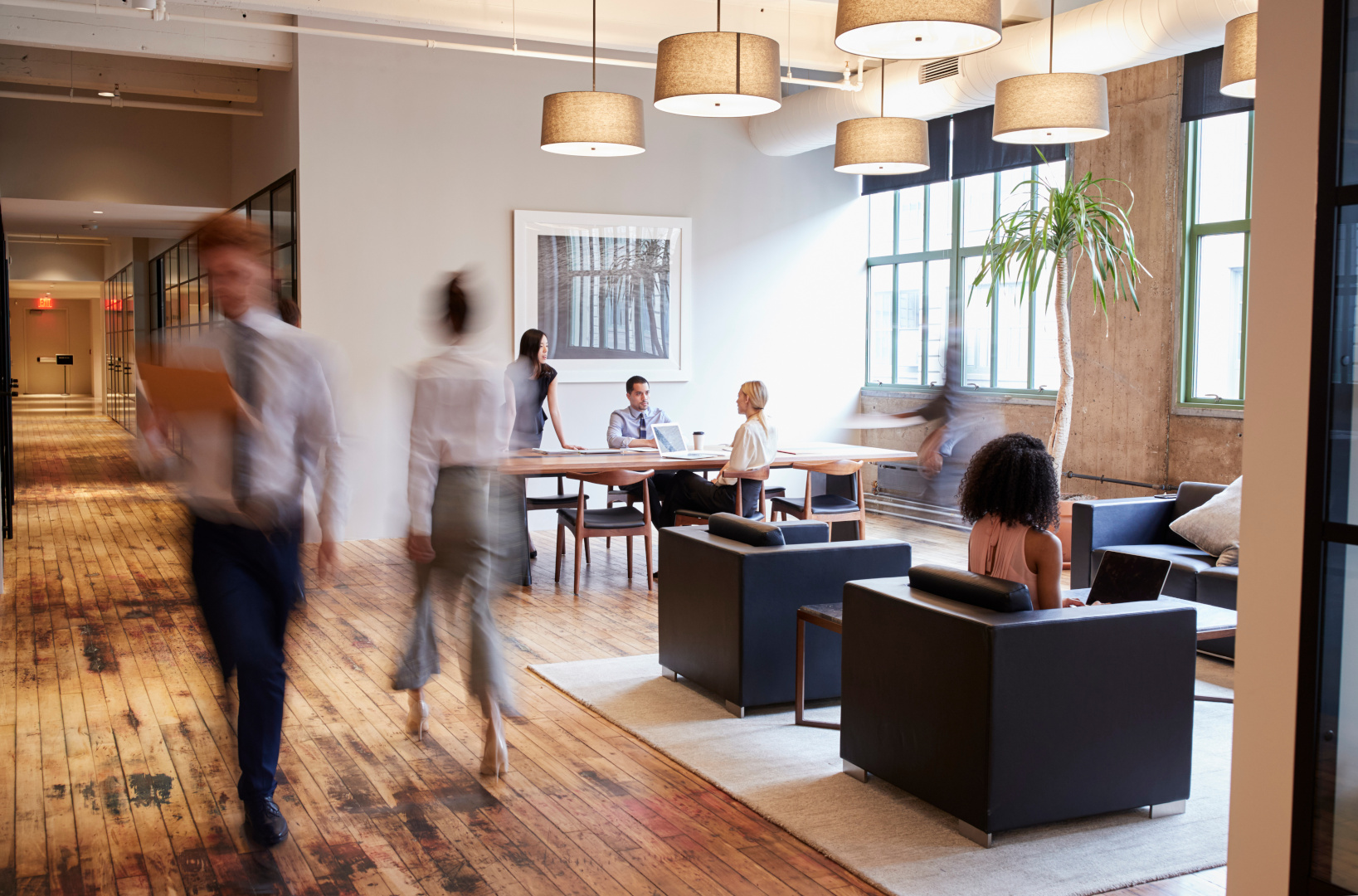
Be mindful that there won’t be a one-size-fits-all approach to workplace design. The diverse needs of your employees determine the final mix of elements included in your workplace, simply due to the fact that (a) workplace culture varies from department to department and (b) also from country to country.
These elements are the desks, the zones in the workplaces, and the rooms. Your final workplace design mixes these elements differently across the different departments in the offices, depending also on the activity levels of your workforce.
Managing the organizational change
One option to ensure great results from the change is to use the ADKAR change management model. ADKAR is a model that helps organizations in managing change within the company. It’s based on the understanding that change can only happen when the individuals in the company change too.
In this case, the ADKAR model describes five outcomes an employee needs to achieve for the change to be successful: Awareness, Desire, Knowledge, Ability, and Reinforcement. First, to achieve awareness, you need to announce the change to the desk sharing model well ahead of time. This allows the employees to get used to the idea. Prepare to explain the reasoning behind the change, focusing on the benefits and including the current pain points.

In the Desire stage, it is the employer’s time to listen to the reactions of the employees. Staying on top of the opinions of the workforce is important. This can be done by identifying so-called champions: those individuals who are most on board with the change. Remember to address the employees’ concerns at this stage.
After the concerns have been addressed, it is time for the people to gain more Knowledge about the change. Provide training and lead by example to show the employees how desk-sharing works and share best practices. If there are any skill gaps or other issues, address them. Test the solution out with a smaller set of employees in your company, for example with those who are not at the office every day. This helps to increase the Ability in the workforce.
If there are any hiccups, change the processes and adjust them to suit your case better.
When your desk sharing solution has evolved through the process and has been fully implemented, keep monitoring the change after implementation. This is to make sure that the change fulfills your goals. To keep employees using the new desk sharing solution, you can try positive incentivization and recognition to keep them onboard.
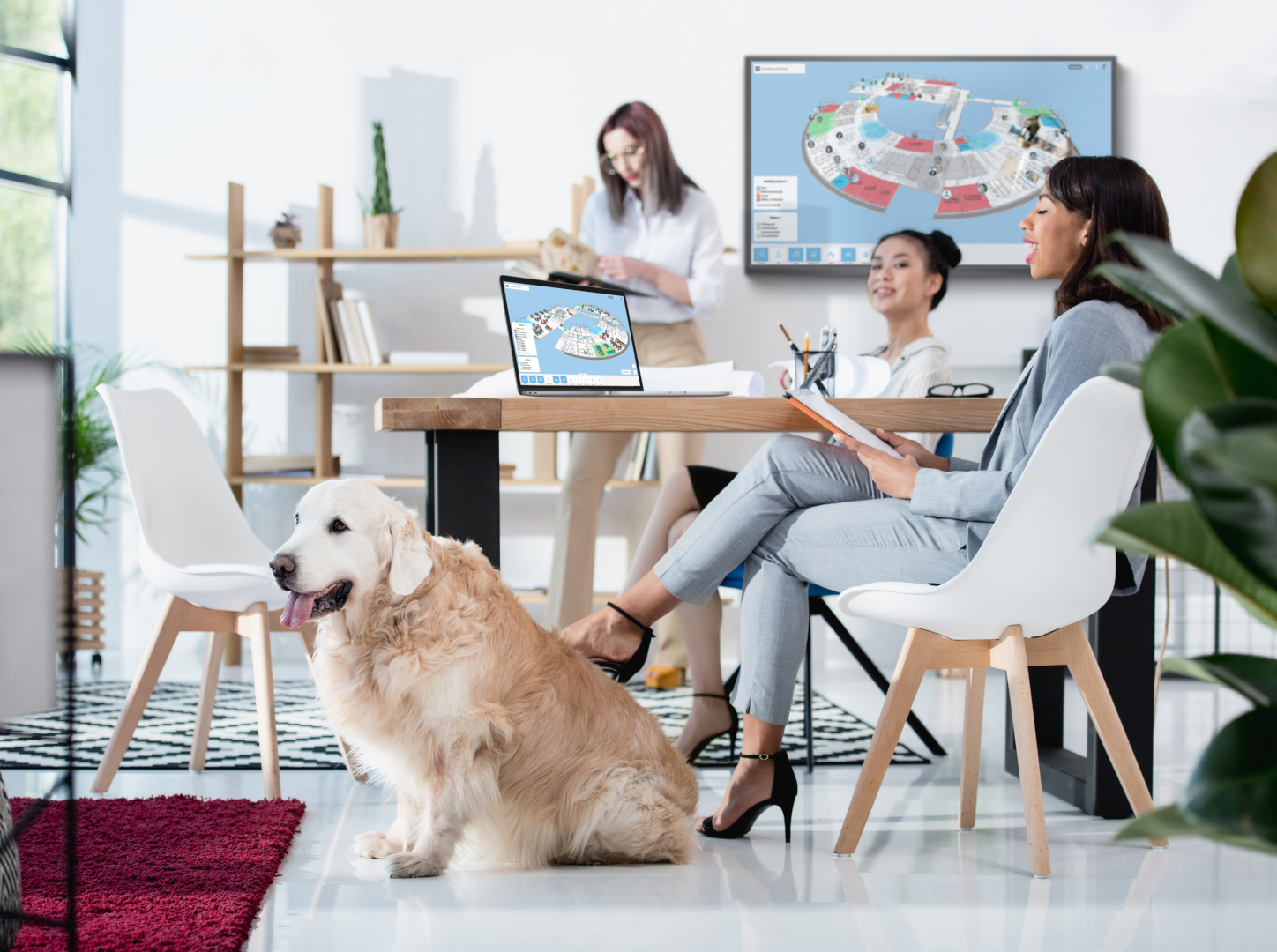
Case study on how to create a thriving desk sharing workspace
Alongside that change management process, it is very important to set a common set of rules and goals for your desk sharing environment. It does not need to be a book-length document, it must include the basic rules and answer the main questions your employees might have regarding the situation.
One of our recent customers implemented desk sharing and followed a four-point checklist in their successful project:
Prioritize teamwork
When shifting into desk sharing, prioritize teamwork in the working environments. As mentioned before, allowing for new ways to collaborate and share informal thoughts is a great way to attract people to the office and support the change.
Allow all-day desk booking
Having the chance to book a desk for all day is a nice to have feature in the desk booking solution. That said desk then acts as the base for the work your employee does for the day.
..And two others.
Download the whitepaper to gain access to the rest of the findings and learn more about successful desk sharing implementation.
Additionally, set other simple rules for your employees to make the environment a better place for everyone:
Leave no trace -rule
The most important part of the desk sharing rules! It is necessary to clean the desk from anything the employee might have used during the day, such as coffee cups and other trash. Equally important is to wipe down the table and take out any visible trash.
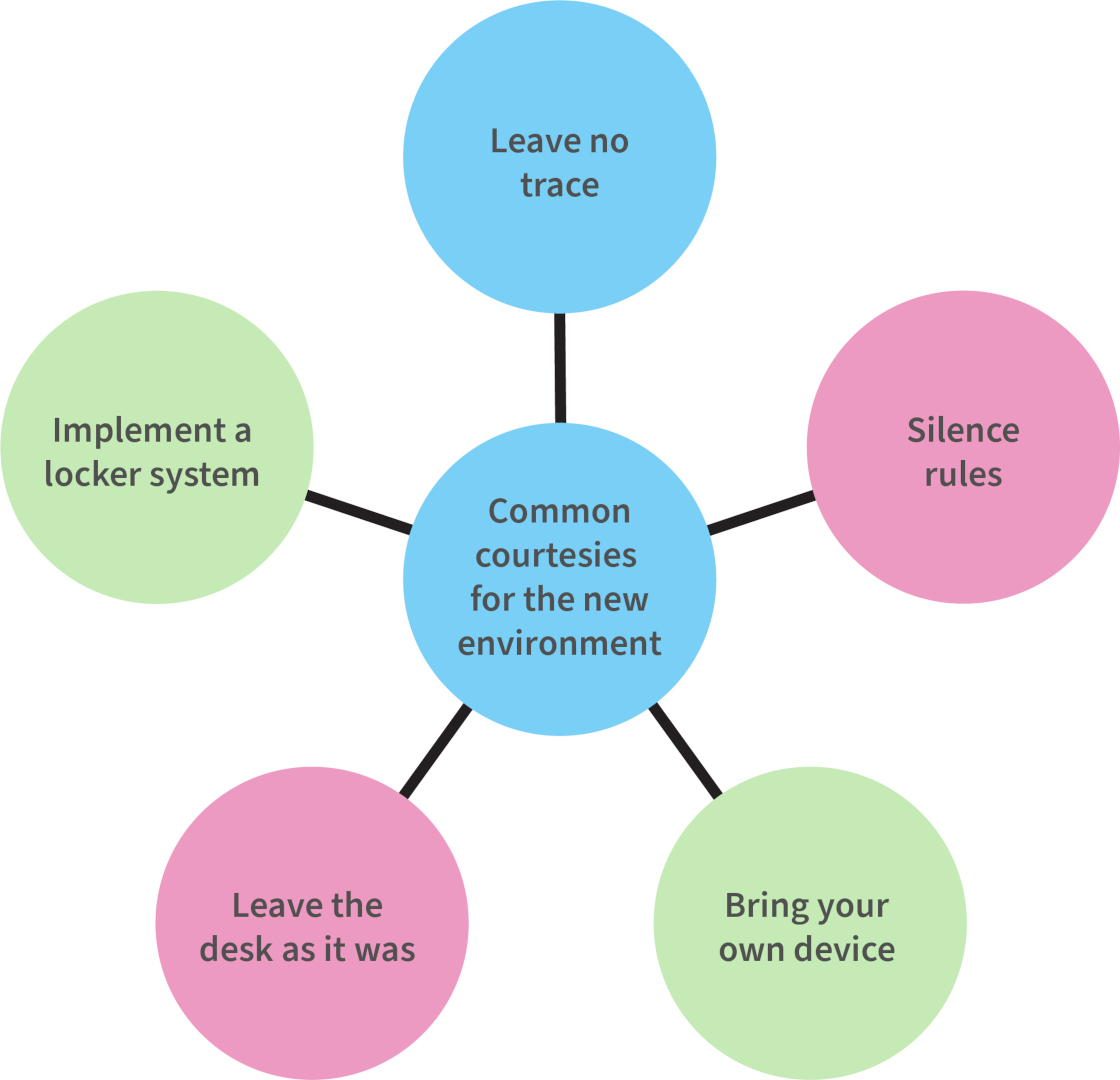
Silence rules, where can you socialise and where not
Noise control is essential in making desk sharing work. Introducing a variety of zones for different types of work is important. In addition, determine rules about silencing devices, allowing phone calls or loud chats in the desk environment, and consider the possibility of having these interactions in their specified spaces. This allows for focused work to happen in the desk environment.
Bring your own device
Each desk should have pre-determined devices, such as a screen (or multiple), a mouse, and a keyboard at it. On top of that, a bring-your-own-device policy is a good way to allow for flexible arrangements, as everyone carries out their own devices and brings them to their chosen desk.
Leave the desk as it was
Do not take any devices, cables, or similar from the table. The golden rule is to leave the desk as it was when you arrived, or even in better condition. This allows for the next person to get straight into working rather than hunting down equipment.
Lockers for additional things
With desk sharing, there is no permanent place for work-related stuff to be placed at. Consider installing lockers or such to allow space for the employees to store their belongings.
Common rules are there to make sure no bad habits start to occur and that the change to desk sharing does not generate any unnecessary friction. The rules also increase the transparency of the process, as they are the same for everyone and thus everyone should act similarly.
Who does it best? Comparing solutions
There are a lot of companies offering solutions for desk sharing, with varying features. If you’re new to desk sharing, it might be difficult to know what kind of features you may need from your solution.
To help, we have created a comparison table on the most important factors that you should be looking at when choosing a desk sharing solution. We recommend that even if you begin with a few features, it is good to go with a modular solution that can expand to your future needs as well.

The comparison table is available after downloading the whitepaper.
Pilot first to find the most suitable solution
Having a solution that can expand beyond your initial is the way to go. To succeed, choose the most comprehensive solution out there.
Download the whitepaper now to access all of our findings and see which solution is the best one for your needs.
The workplace needs to enable the employees to be their best working selves and colleagues.
Timothy Ahrensback, Head of Workplace Experience, Lego Group


